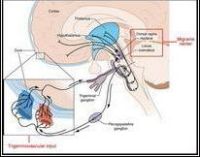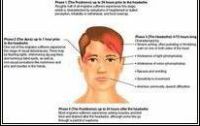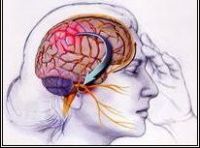
Everybody will suffer from painful headaches in their lifetime. The only difference is in the frequency, the duration and the types of headaches that are experienced by each individual. In fact, it will be hard to find those very rare and lucky people who have never ever experienced a headache throughout their entire life.
However there are so many different types of headaches so how do you tell which types of headaches you are suffering from. The headache pain can range from mild to really excruciating pain depending on the type of headaches that you are experiencing. It is common knowledge that headache pains from a migraine can be really agonizing but then so does the pain that comes from cluster headaches. In fact, a lot of people rated that the cluster headache pains is worse than migraine headache pains.
If you are experiencing really painful headaches, it is actually very important to find out if you are suffering from migraines and not the other types of headaches. The reason is that migraines are treated differently than the other types of headaches. The other reason is that most medications comes with some side effects unless you are using natural remedies hence you may not want to load your body with the wrong medications and then have to suffer the side effects that comes with it unnecessarily.
How do you know you have migraines?
Here are some common symptoms of migraine:
• One of the classic trait of migraine sufferers is that they are sensitive to light even when there is no headache.


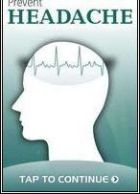
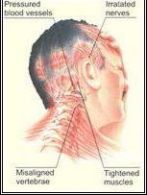
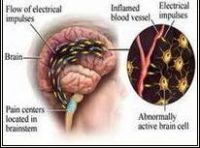

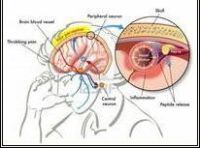 A migraineur, a person who has a history of having migraines, may have variations on the presentation of headaches or other symptoms. Some headaches will not follow this pattern.
A migraineur, a person who has a history of having migraines, may have variations on the presentation of headaches or other symptoms. Some headaches will not follow this pattern.